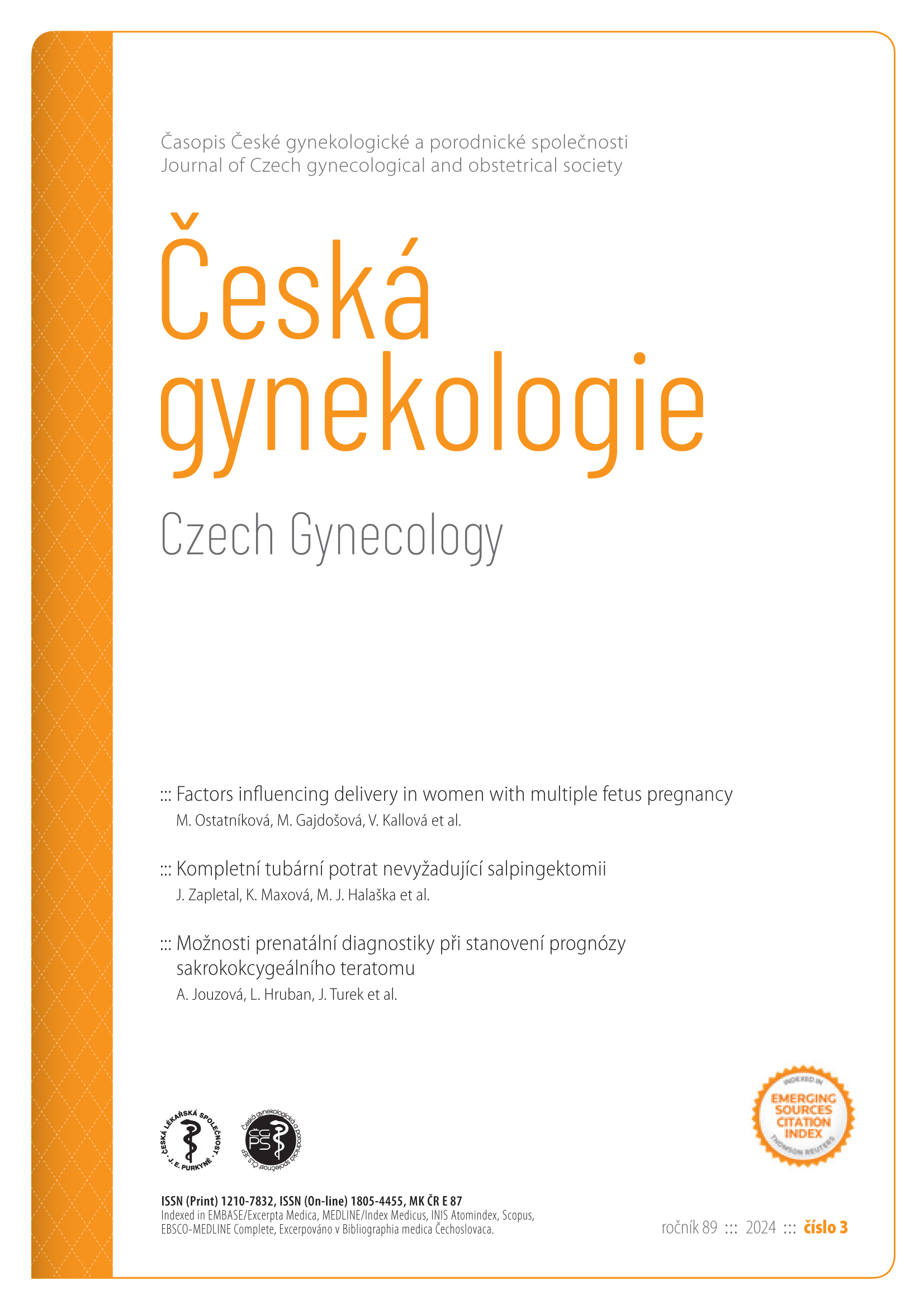Evaluation of the diagnostic value of the HALP score, uric acid value, and uric acid-creatinine ratio in preeclampsia
Keywords:
HALP score, uric acid, uric acid-creatinine ratio, preeclampsiaAbstract
Aim: In this study, we aimed to evaluate the diagnostic value of the HALP score, serum uric acid value, and uric acid-creatinine ratio, which are inflammatory markers, in the diagnosis of preeclampsia (PE). Material and methods: One hundred sixty six pregnant women who met the inclusion and exclusion criteria were included in the study. They were divided into two groups: 81 pregnant women diagnosed with PE (PE group) and 85 pregnant women with healthy pregnancies (control group). Demographic and obstetric stories of the groups; weeks of pregnancy at diagnosis; hematological and biochemical parameters; hemoglobin, albumin, lymphocyte, and platelet (HALP) score and serum uric acid-creatinine ratio (sUA/sCr); and the results of the newborns were recorded and compared between groups. Results: There was no significant difference between the groups in terms of age, gravidity, parity, and BMI (P values 0.533, 0.188, 0.085, 0.915, respectively). Mean gestational age, mean birth weight, 1st and 5th minute Apgar scores, and mean umbilical cord pH values were lower in the PE group compared to the control group (P values 0.0001 for all). The percentage of NICU admissions was higher in the PE group (P = 0.0001). The HALP score of the PE group was significantly lower than the control group (2.2 vs. 3.2; P = 0.0001). Uric acid and sUA/sCr ratios were significantly higher in the PE group compared to the control group (for uric acid, 6.2 ± 1.7 vs. 4.5 ± 1.2; P = 0.0001; for sUA/sCr, 12.0 ± 4.0 vs. 9.9 ± 3.1; P = 0.0001). In the diagnosis of PE, serum uric acid had a sensitivity of 82.7% at values of 4.7 and above, 58% sensitivity at values of sUA/sCr ratio of 10.9 and above, and 3.7% sensitivity at HALP score values of 6.6 and above (P values 0.0001, 0.001, 0.001, respectively). Conclusion: In our study, we found that the HALP score in PE was significantly lower than in healthy controls, and the uric acid value and sUA/sCr ratios were significantly higher. The diagnostic value of serum uric acid value and then sUA/sCr ratio were higher in PE. However, we found that the HALP score was insufficient for the diagnosis of PE.


